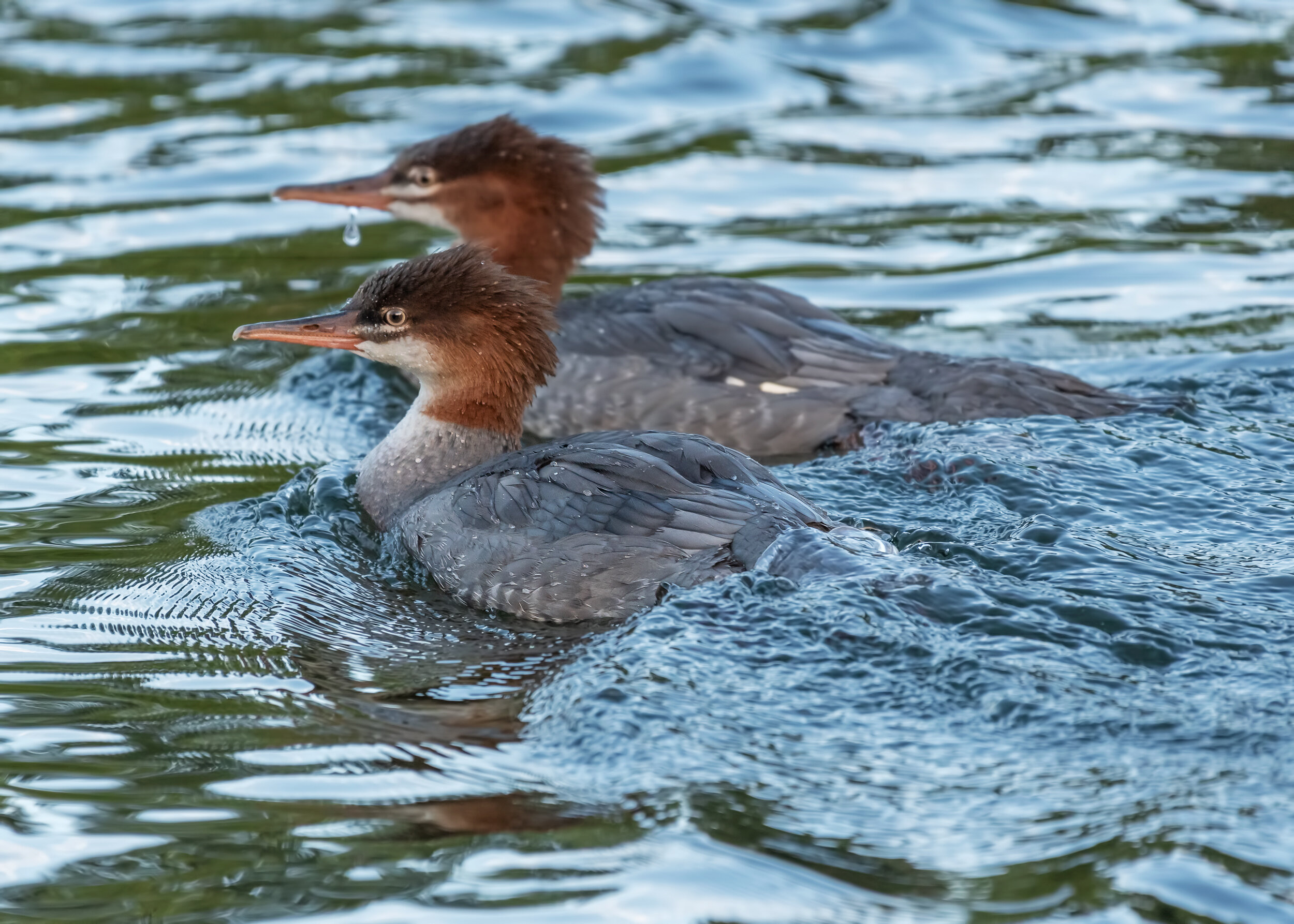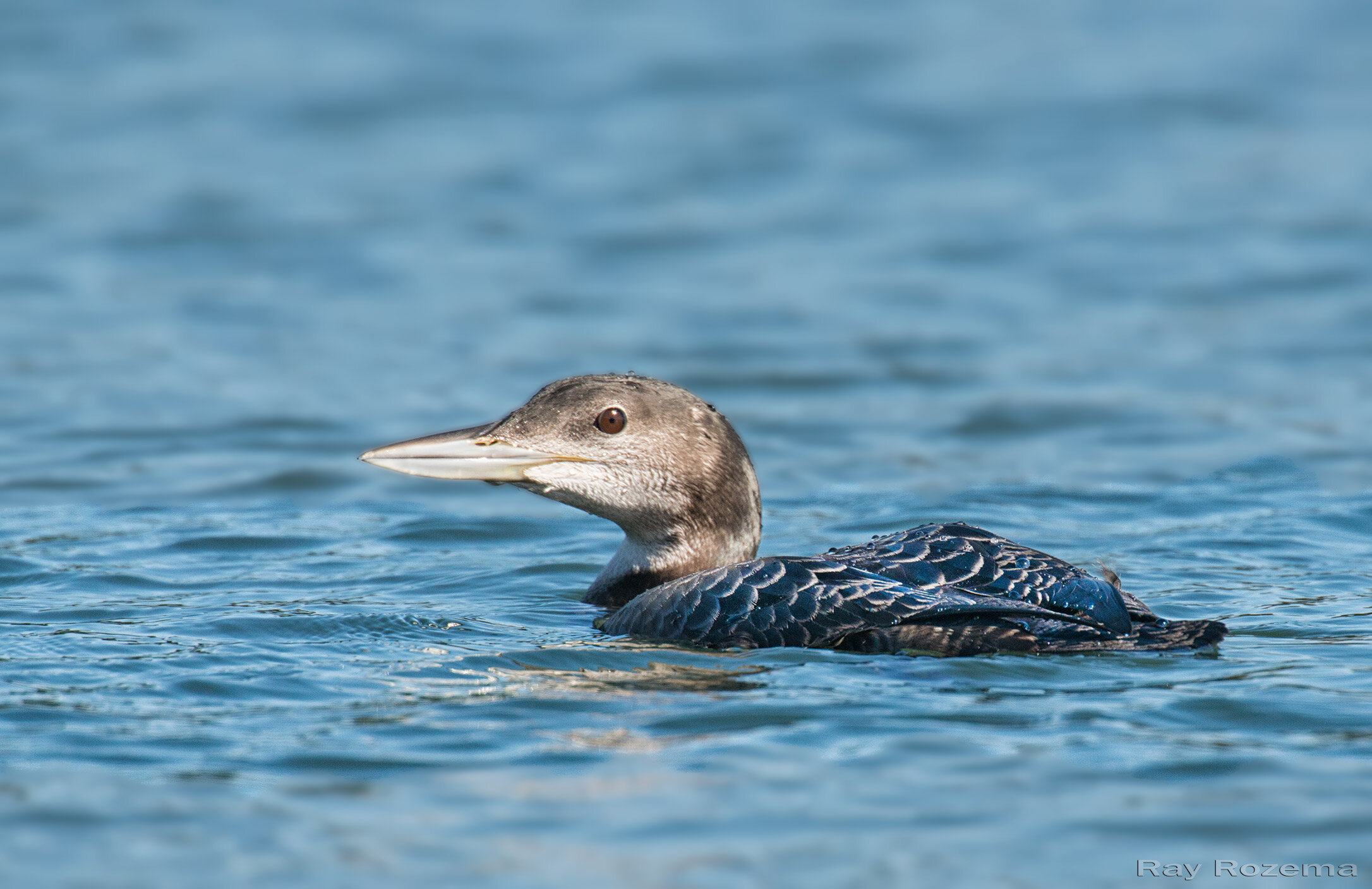Sacramento Audubon is again offering field trips. Visit our Field Trips page for more information on available field trips and COVID protocols. If you prefer to head out on your own, our field trip leaders have some great suggestions for where to bird each season. For even more great ideas of where to go birding locally, check out our Birding Locations guide. And whenever you go out birding, be sure to keep the ethics of birding in mind.
Sacramento Area Refuges and Preserves
The wildlife refuges and preserves throughout the Sacramento Area continue to be wonderful places to visit in February. There are still plenty of ducks and geese, as well as other wetland species, passerines and raptors. However, because of the January storms, several of these locations are closed due to flooding. Those that remain open are definitely worth a visit.
As of January 25, 2023, the auto tours and walking trails at Sacramento National Wildlife Refuge and Gray Lodge Wildlife Area are open to visitors. The walking trails at Sutter National Wildlife Refuge are scheduled to open on February 16. At Colusa National Wildlife Refuge the auto tour is closed but the parking area and viewing platform are open. Yolo Bypass Wildlife Area is closed and Cosumnes River Preserve is partially opened.
For complete information on visiting these location and to find out about current conditions, visit the following websites:
Sacramento, Colusa, and Sutter NWR https://www.fws.gov/story/sacramento-nwr-complex-plan-your-visit
Gray Lodge Wildlife Area https://wildlife.ca.gov/Lands/Places-to-Visit/Gray-Lodge-WA
Yolo Bypass https://wildlife.ca.gov/Lands/Places-to-Visit/Yolo-Bypass-WA
Cosumnes River Preserve https://www.cosumnes.org/.
Ring-necked Duck, Image by Chris Conard
Sacramento Bar
All of the American River Parks were affected by January’s storms but most have reopened for use. You can find current information about the status of these and other Sacramento County parks at https://regionalparks.saccounty.gov/Pages/Park-Status-Update.aspx.
Sacramento Bar is one of the more popular areas to bird along the American River Parkway and is once again open to the public. This spot offers a variety of habitat, riparian riverbanks, open grassland within its interior along with a few ponds, and some lowland flooded areas in the winter. You can explore the many trails within this area or follow the main trail around its exterior. Be sure to check the river for goldeneye, mergansers, and a variety of gulls.
Directions
From Highway 50, drive north on Sunrise Blvd.; turn left on Fair Oaks Blvd. and take the first left on Pennsylvania and follow it into the park.
Address: 3936 Pennsylvania Ave, Fair Oaks, CA 95628
Parking & Fees: A Sac County Park Pass or $6 entry fee is required for all vehicles.
Female Common Merganser, Image by Daniel Brown
Beals Point at Folsom Lake
One birding location not negatively affected by the January storms is Beals Point at Folsom Lake. A visit here will remind you just how much rain is needed to make-up for the past several dry years. But if you don’t mind a quarter mile walk down to the shore from the parking area, this is a great place to visit. A variety of gulls and grebes can be found here by scanning the water from the shoreline. Less common but still frequent are the loons. Rock Wrens can be found among the granite rock outcroppings and variety of wintering and resident birds make it worthwhile to check the wooded areas surrounding the lake and in the campground.
Directions
In northern Sacramento, from the intersection of Interstate 5 and Interstate 80, drive East on I-80 for 17 miles to Douglas Boulevard East (exit 103A). Head east on Douglas for 5.2 miles, and turn right on Auburn Folsom Road. After 1.8 miles, turn left at the Beals Point access.
Address: Beals Point, Granite Bay, CA 95746
Parking & Fees: A California State Park Pass or $12 single day use fee is required for all vehicles.
Common Loon, Image by Ray Rozema
Arrowhead Marsh and MLK Jr. Regional Shoreline
For those of you who don’t mind a drive to the east Bay Area (San Leandro Bay), this is a jewel. The habitat includes estuary, mudflats, salt marsh, grasslands, lawn, small groves of trees. The terrain is flat and the walking is easy on the numerous trails. The highlight for birders is Ridgway’s Rail, often in fairly good numbers. Other targets include Greater and Lesser Scaup, Western, Horned, and Eared Grebes, and Surf Scoters. Several duck species are present, including Green-winged Teal, Blue-winged Teal, Northern Pintail, Gadwall, goldeneye, and Bufflehead.
Possible shorebirds to watch for include American Avocet, Black-necked Stilt, Marbled Godwit, Willet, Black-bellied Plover, Black Oystercatcher, and dowitchers. For those who like gulls, a half dozen species are possible, including Short-billed, Western, Herring, Glaucous-winged, California, and Ring-billed. Forster’s Tern usually shows up as well. Trees and open areas near the water can hold various sparrows, Yellow-rumped Warblers, and Chestnut-backed Chickadees.
A spotting scope is quite helpful.
Directions
Arrowhead Marsh points northwest into shallow San Leandro Bay between Oakland International Airport and McAfee (formerly Oakland-Alameda County) Coliseum.
Address: 1 Swan Way, Oakland, CA 94621 (for MLK Regional Shoreline)
From MLK Jr Regional Shoreline: take the first left and follow the road into the Arrowhead Marsh.
From Oakland: take I-880 (Nimitz Frwy.) south to Hegenberger Rd. and turn right. Drive about a mile to Doolittle Dr. and turn right. After a third of a mile, turn right again onto Swan Way. Then make your first left and follow the road into the wetlands.
Chestnut-backed Chickadee, Image by Daniel Brown




